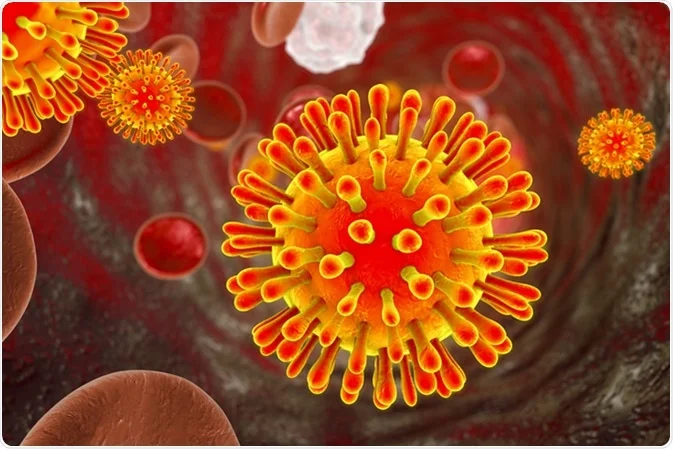



Treatment of Chancroid Antibiotics (various) Treatment of chancroid should be started promptly, without waiting for test results. One of the following is recommended: A single-dose of azithromycin 1 g orally or ceftriaxone 250

Antimicrobial mechanisms of action Antimicrobial agents are classified by their specific modes of action against bacterial cells. the modes of action of antimicrobial agents against Gram- positive and Gram-

Monkey pox The first reported human case occurred in the Equateur province of Zaire (now known as the Democratic Republic of the Congo [DRC]), when a 9-year-old boy developed a smallpox-like